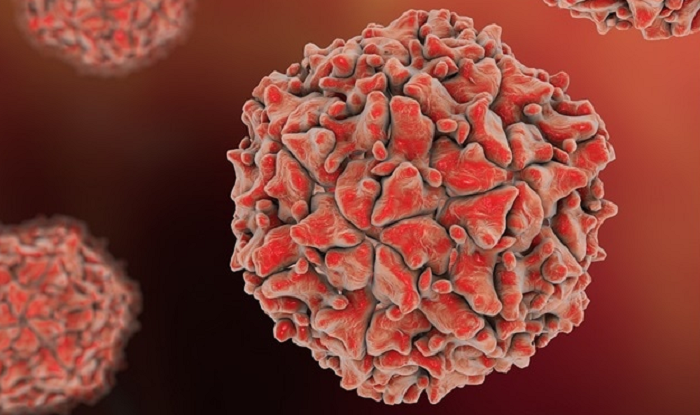The World Health Organization (WHO) has been laser-focused on eradicating polio, a crippling disease that has long plagued communities around the world.
Polio remains a significant public health concern, especially in some regions where the virus continues to pose a threat. The WHO has been working tirelessly to ensure that every child is vaccinated and protected against this debilitating disease. Through extensive vaccination campaigns, partnerships with governments, NGOs, and the private sector, and continuous monitoring and surveillance, the organization is making significant progress in the fight against polio.
In addition to vaccination efforts, the WHO is also involved in research and development to improve the effectiveness of polio vaccines and find new strategies for eradication. This includes working on new vaccine formulations, exploring innovative delivery methods, and conducting studies to understand the epidemiology of the disease.
Authoritative speeches from global health leaders have emphasized the importance of continued efforts to end polio. They have called on countries to strengthen their commitment to vaccination programs and to ensure that no child is left unprotected. Research reports have also highlighted the progress made so far and the challenges that still lie ahead.
Polio is a viral disease that affects the nervous system and can cause paralysis. There have been many studies and research articles published on polio over the years. One of the most significant studies on polio was conducted by Jonas Salk and his team in the 1950s. The study was published in the Journal of the American Medical Association in 1955 and was titled “The Protective Effect of Immunization Against Poliomyelitis Using a Killed Virus Vaccine.”
The Salk vaccine study was a landmark in the history of medicine, as it demonstrated for the first time that a vaccine could prevent a viral disease. The study involved nearly 2 million children, half of whom received the vaccine and half of whom received a placebo. The results showed that the vaccine was 90-94% effective in preventing paralytic polio.
The Salk vaccine was a killed virus vaccine, which was different from the live attenuated vaccine that was later developed by Albert Sabin. The Salk vaccine was widely used in the United States and other countries for many years, and it played a major role in the global effort to eradicate polio.
In addition to the Salk vaccine study, there have been many other studies and research articles published on polio over the years. These studies have covered a wide range of topics, including the epidemiology and transmission of the virus, the development of vaccines and treatments, and the long-term effects of polio on survivors. Today, polio is a rare disease thanks to the development and widespread use of effective vaccines.
The WHO’s focus on polio is not only about saving lives but also about ensuring that future generations are free from the threat of this disease. It is a battle that requires the collective efforts of the global community, and the WHO is leading the charge.
Read more


